Given .magnetic track = 210°.magnetic heading = 215°.variation = 15°e.tas = ? [ Multiple protocol ]
Question 170-1 : 265°/50 kt 195°/50 kt 235°/50 kt 300°/30 kt
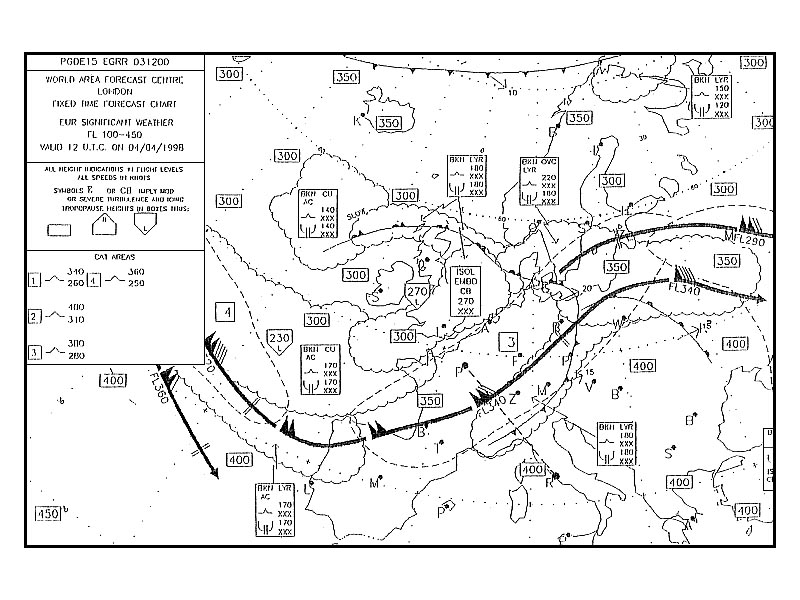 265°/50 kt.
265°/50 kt. Given .aircraft at fl150 overhead an airport .elevation of airport 720 ft qnh ?
Question 170-2 : 15 300 ft 15 840 ft 14 160 ft 14 720 ft
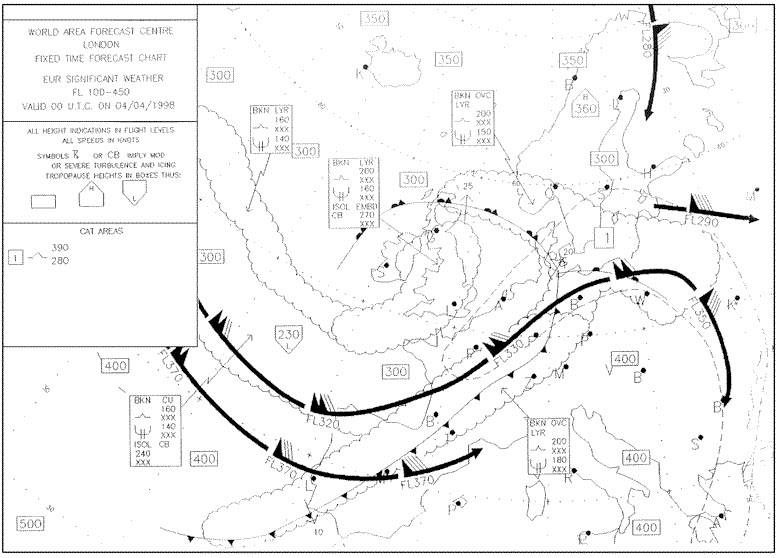 15 300 ft.
15 300 ft. An aircraft takes off from the aerodrome of brioude altitude 1483 ft qfe = 963 ?
Question 170-3 : 6 500 ft 6 800 ft 3 500 ft 4 000 ft
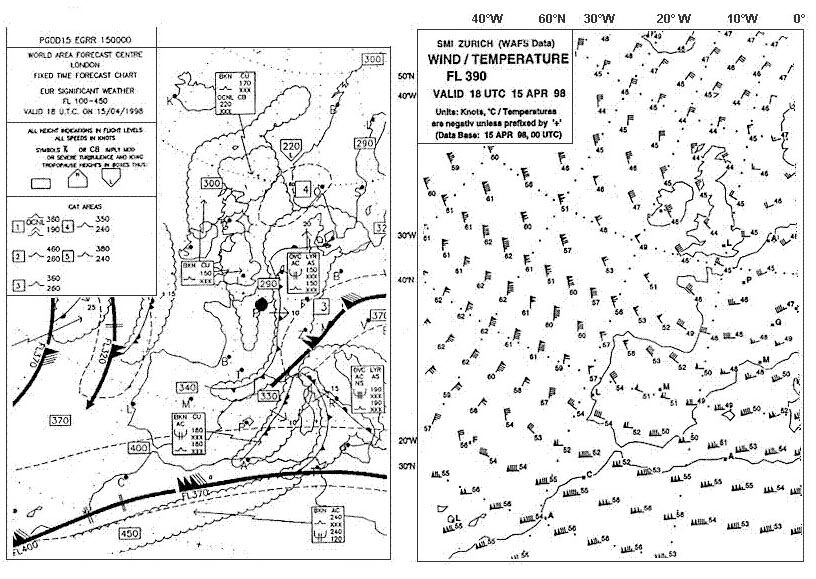 6 500 ft.
6 500 ft. Given .distance a to b is 360 nm .wind component a b is 15 kt wind component b ?
Question 170-4 : 165 nm 195 nm 180 nm 170 nm
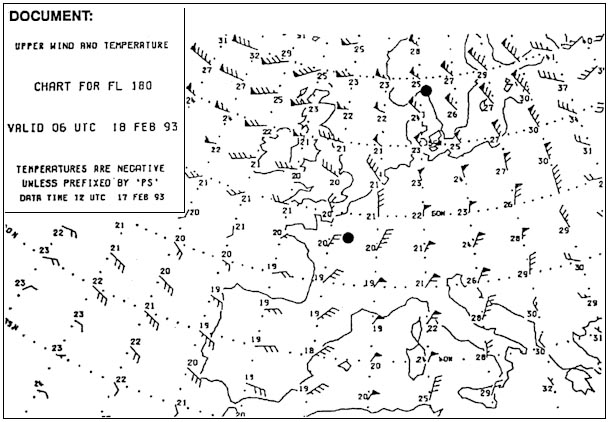 165 nm.
165 nm. Given .half way between two reporting points the navigation log gives the ?
Question 170-5 : 403 kt 354 kt 373 kt 360 kt
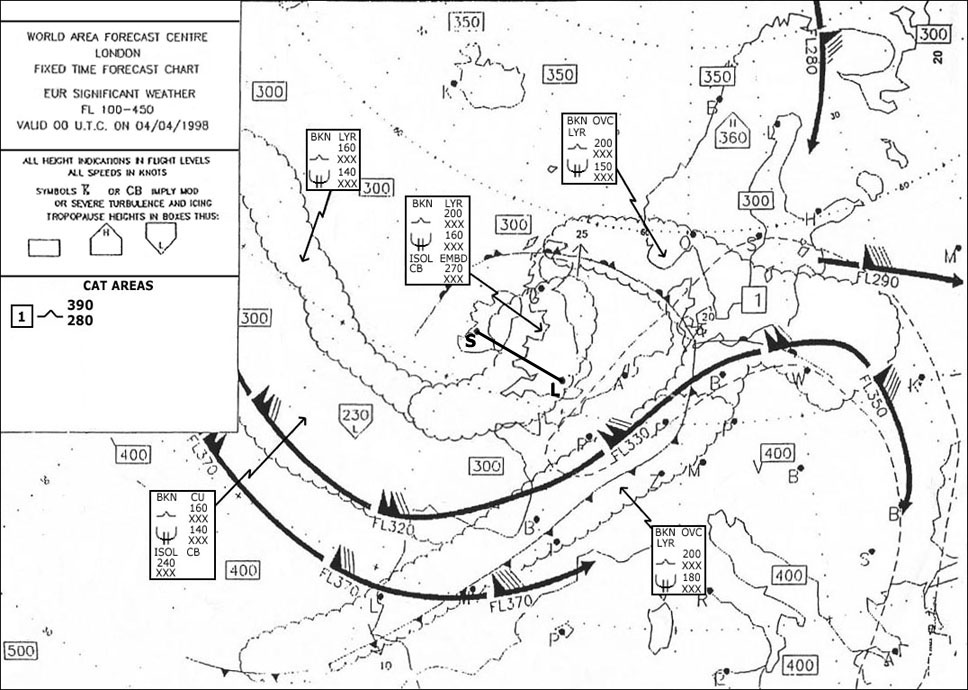 403 kt.
403 kt. Given .an aircraft is on final approach to runway 32r 322° .the wind velocity ?
Question 170-6 : 328° 322° 316° 326°
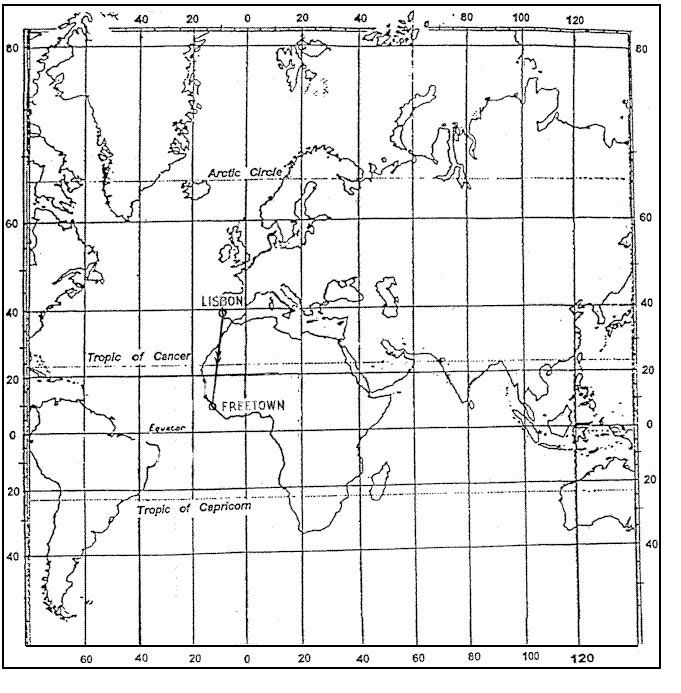 328°.
328°. An aircraft takes off from an airport 2 hours before sunset the pilot flies a ?
Question 170-7 : 97 nm 115 nm 105 nm 84 nm
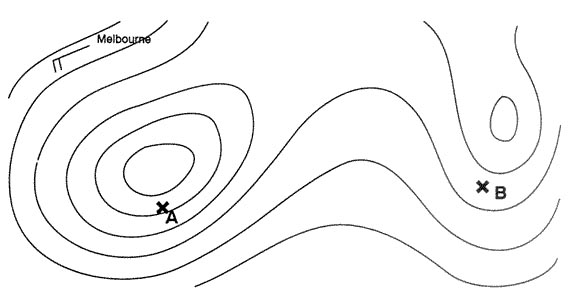 97 nm.
97 nm. From the departure point the distance to the point of equal time is ?
Question 170-8 : Inversely proportional to the sum of ground speed out and ground speed back proportional to the sum of ground speed out and ground speed back inversely proportional to the total distance to go inversely proportional to ground speed back
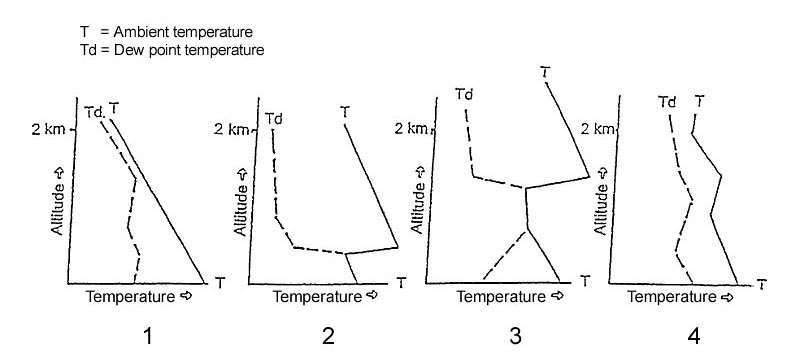 Inversely proportional to the sum of ground speed out and ground speed back.
Inversely proportional to the sum of ground speed out and ground speed back. Given .required course 045° m .variation is 15°e.w/v is 190° t /30 kt.cas is ?
Question 170-9 : 055° and 147 kt 036° and 151 kt 052° and 154 kt 056° and 137 kt
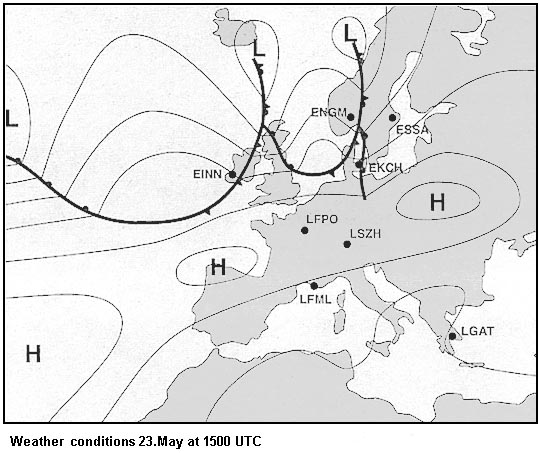 055° and 147 kt.
055° and 147 kt. Given .airport elevation is 1000 ft .qnh is 988 hpa .what is the approximate ?
Question 170-10 : 1750 ft 320 ft 320 ft 680 ft
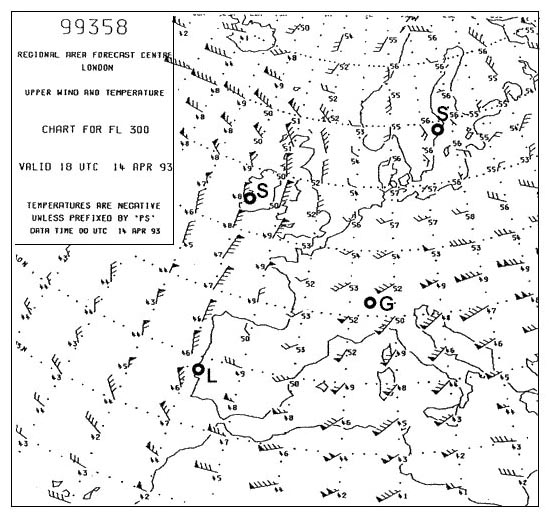 1750 ft.
1750 ft. Given .true altitude 9000 ft.oat 32°c.cas 200 kt.the true air speed tas is ?
Question 170-11 : 220 kt 215 kt 200 kt 210 kt
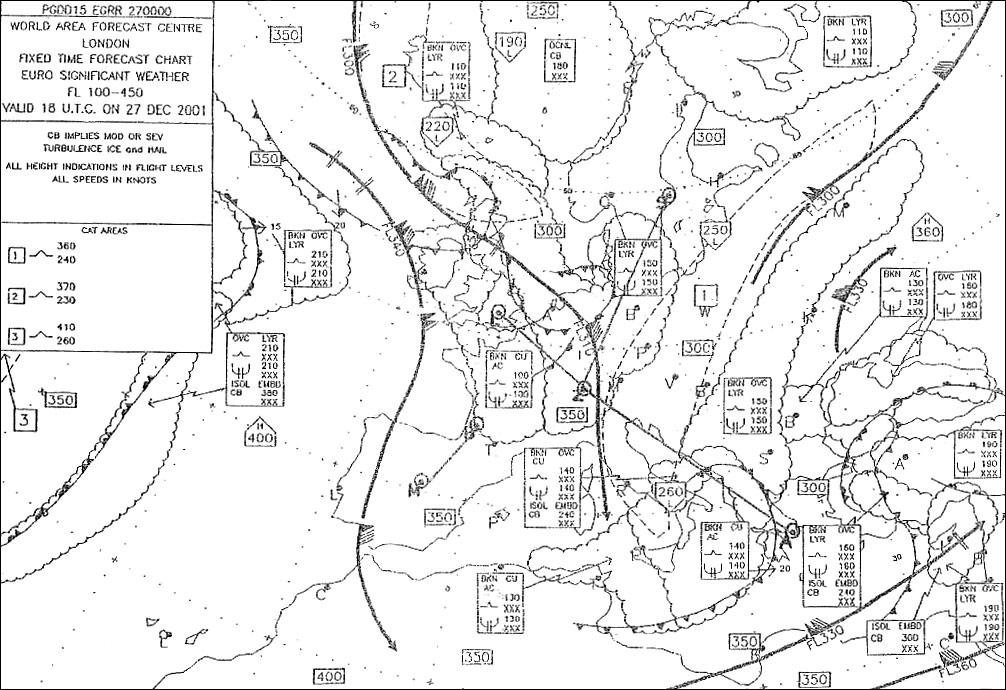 220 kt.
220 kt. Given .course 040° t tas is 120 kt wind speed 30 kt .maximum drift angle will ?
Question 170-12 : 130° 145° 115° 120°
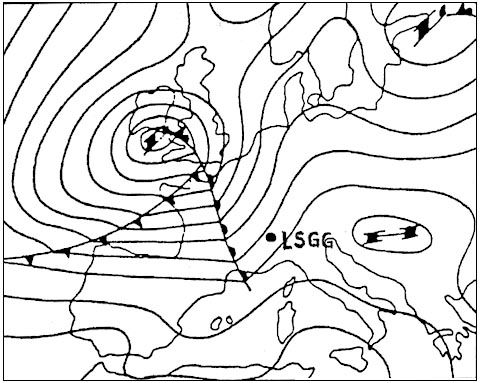 130°.
130°. Given .cas 120 kt fl 80 oat +20°c .what is the tas ?
Question 170-13 : 141 kt 132 kt 120 kt 102 kt
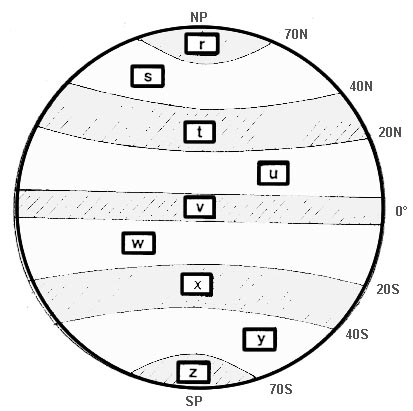 141 kt.
141 kt. Route 'a' 44°n 026°e to 'b' 46°n 024°e forms an angle of 35° with ?
Question 170-14 : 322° 328° 032° 038°
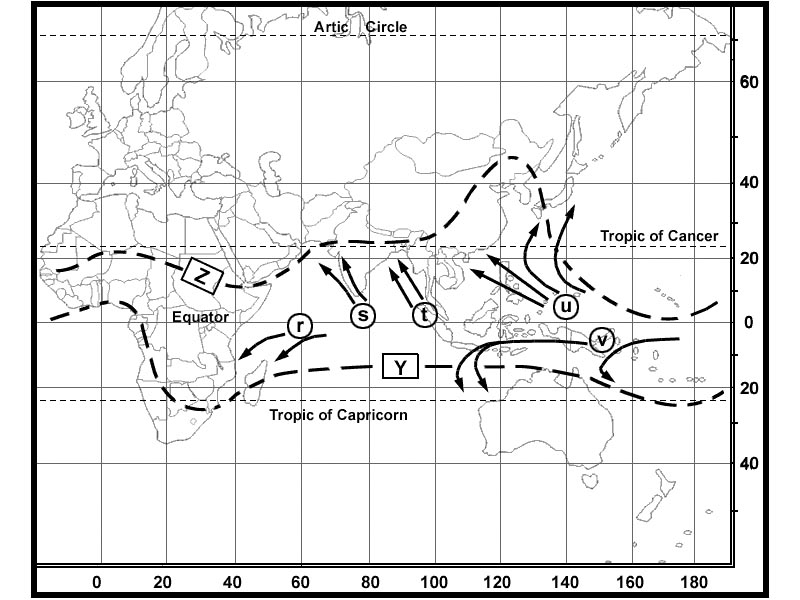 322°.
322°. Given .compass heading 090° deviation 2°w variation 12°e tas 160 kt .whilst ?
Question 170-15 : 160°/50 kt 340°/25 kt 340°/98 kt 155°/25 kt
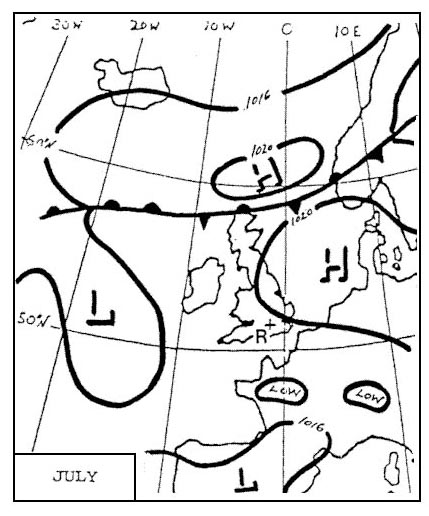 160°/50 kt.
160°/50 kt. Given .m 0 80 oat 50°c fl 330 gs 490 kt variation 20°w magnetic heading 140° ?
Question 170-16 : 020°/95 kt 025°/47 kt 200°/95 kt 025°/45 kt
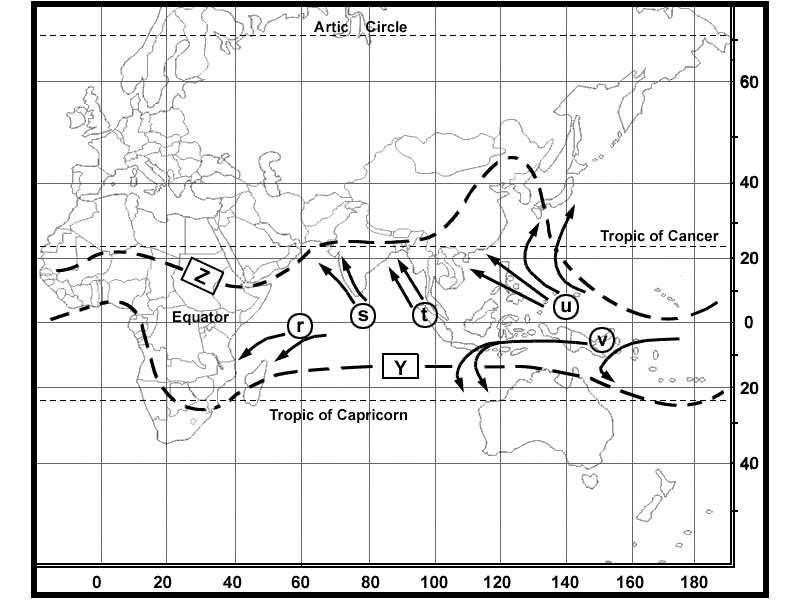 020°/95 kt.
020°/95 kt. Given pressure altitude 29000 ft oat 55°c calculate the density altitude ?
Question 170-17 : 27500 ft 31000 ft 33500 ft 26000 ft
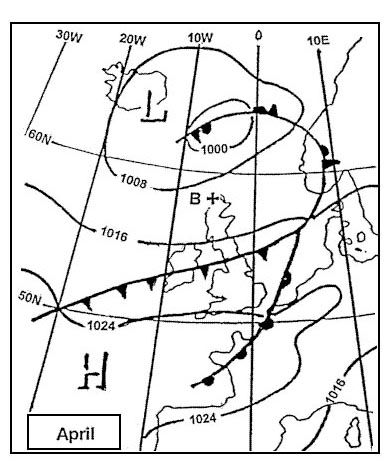 27500 ft.
27500 ft. An aircraft is flying at fl180 and the outside air temperature is 30°c if the ?
Question 170-18 : 195 kt 115 kt 180 kt 145 kt
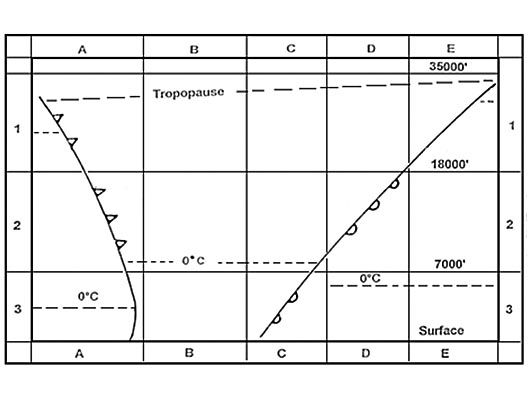 195 kt.
195 kt. Calibrated airspeed cas is indicated airspeed ias corrected for ?
Question 170-19 : Instrument error and position error temperature and pressure error compressibility error density
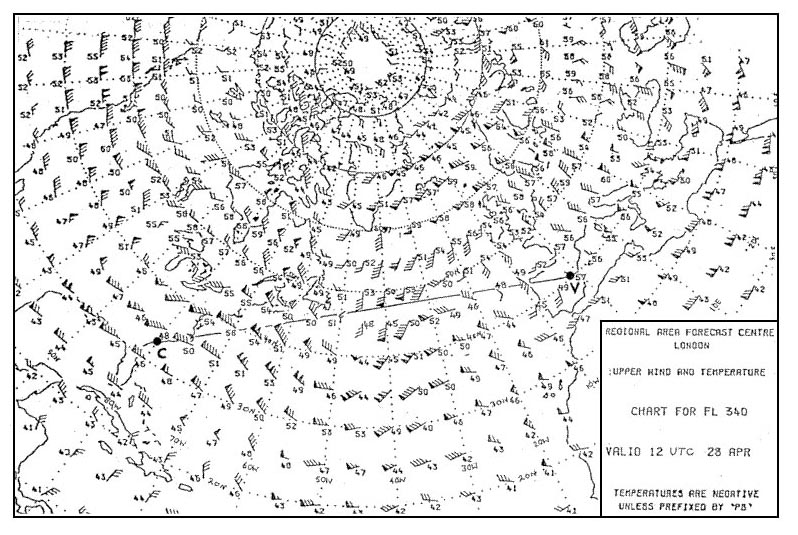 Instrument error and position error.
Instrument error and position error. An aircraft was over 'q' at 1320 hours flying direct to 'r' .given .distance ?
Question 170-20 : 2290 nm 2370 nm 1310 nm 1510 nm
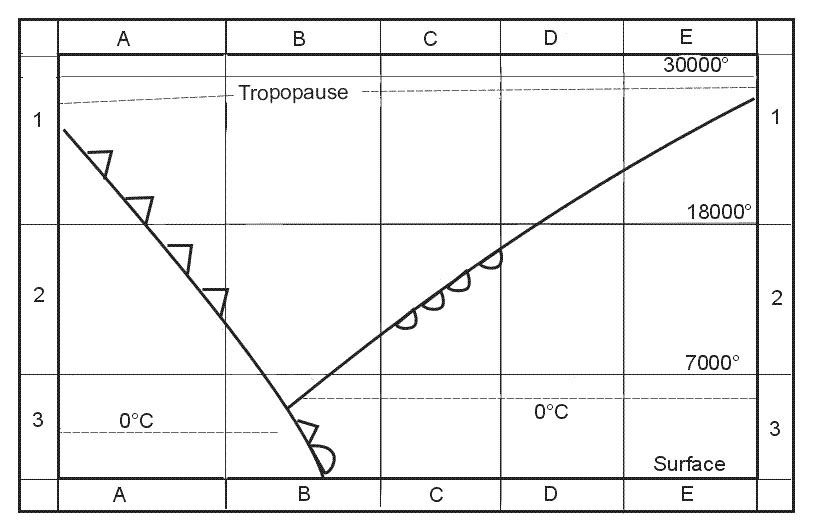 2290 nm.
2290 nm. An aircraft is flying at fl150 with an outside air temperature of 30° above an ?
Question 170-21 : 13 660 ft 14 120 ft 17 160 ft 15 210 ft
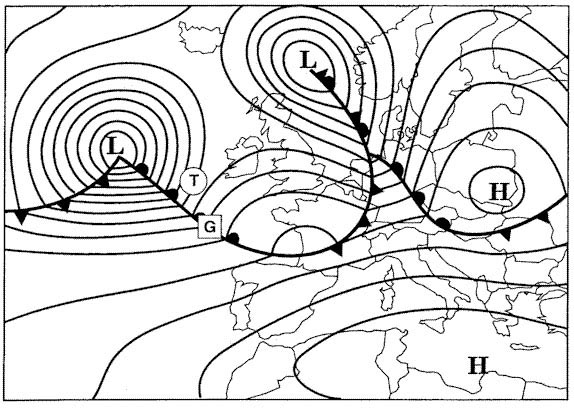 13 660 ft.
13 660 ft. Given .true track 239°.true heading 229°.tas 555 kt.g/s 577 kt.calculate the ?
Question 170-22 : 130°/100 kt 310°/100 kt 300°/100 kt 165°/100 kt
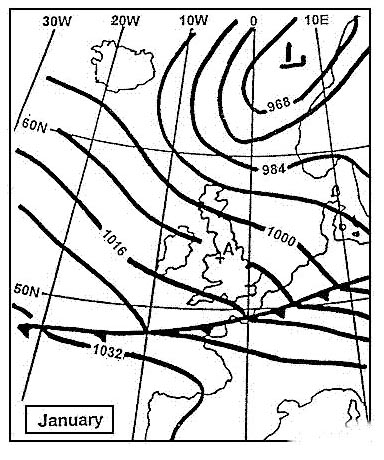 130°/100 kt.
130°/100 kt. Given .true track 245°.drift 5° right.variation 3°e.compass heading 242° ?
Question 170-23 : 5°w 1°e 5°e 11°e
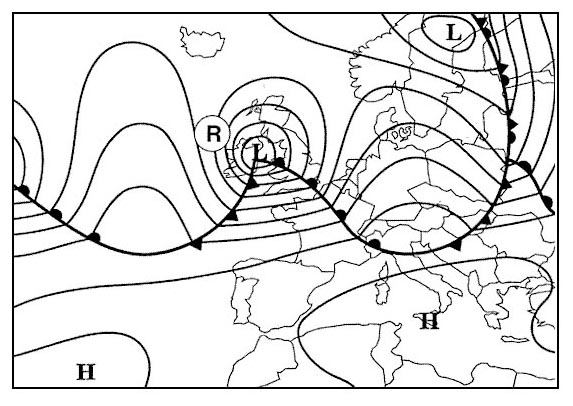 5°w.
5°w. Given .true heading 090°.tas 180 kt.gs 180 kt.drift 5° right.the wind is ?
Question 170-24 : 005° / 15 kt 190° / 15 kt 355° / 15 kt 185° / 15 kt
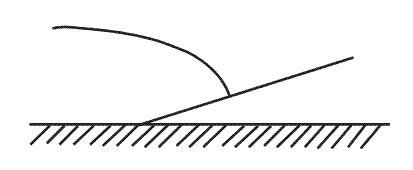 005° / 15 kt.
005° / 15 kt. Given .magnetic heading = 255°.variation = 40°w.gs = 375 kt.w/v = 235° t / ?
Question 170-25 : 6° left 3° right 6° right 9° left
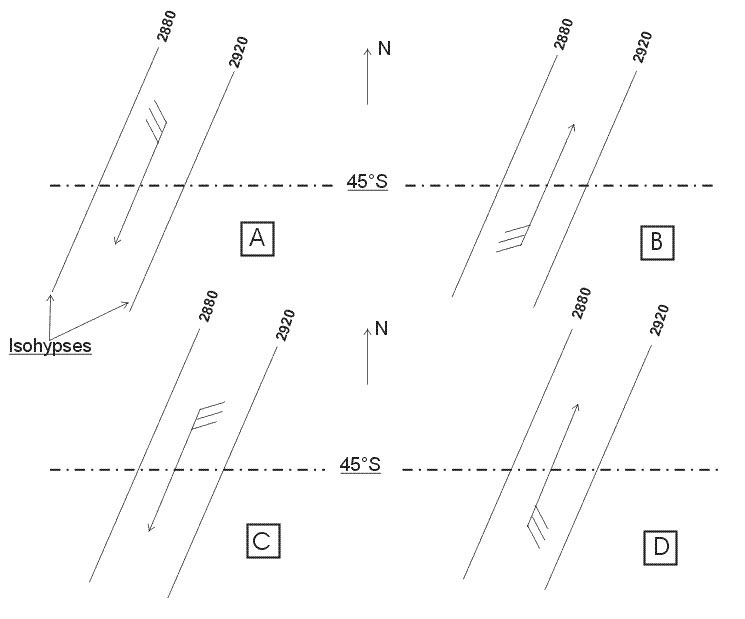 6° left.
6° left. Given .true track = 095° tas = 160 kt true heading = 087° gs = 130 kt ?
Question 170-26 : 057°/36 kt 237°/36 kt 307°/36 kt 124°/36 kt
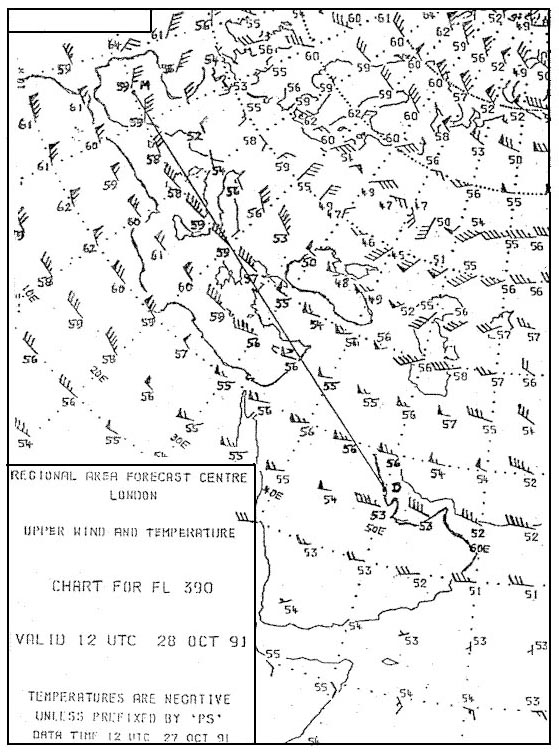 057°/36 kt.
057°/36 kt. Given .true track 245°.drift 5° right.variation 3°e.compass heading 242° ?
Question 170-27 : 237° 243° 247° 253°
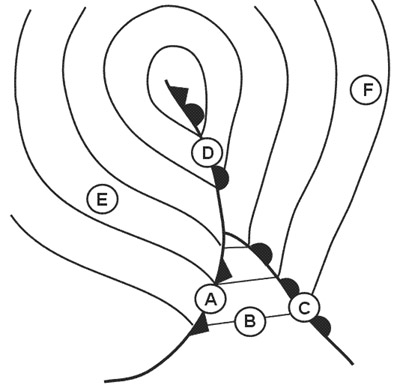 237°.
237°. Given .heading 265°.tas 290 kt.wind 210°/35 kt.calculate track and groundspeed ?
Question 170-28 : 271° and 272 kt 259° and 305 kt 260° and 315 kt 259° and 272 kt
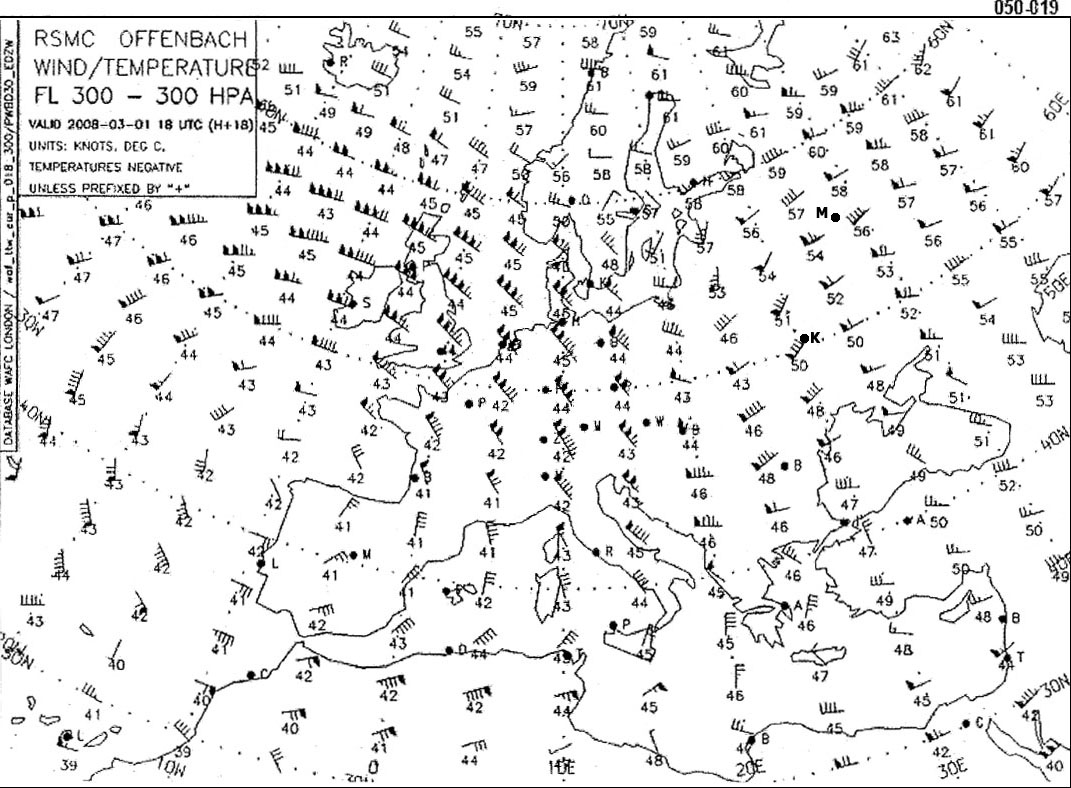 271° and 272 kt.
271° and 272 kt. An aircraft is flying at fl 200 oat is 0°c .when the actual air pressure on an ?
Question 170-29 : 21 200 ft 20 700 ft 19 300 ft 20 200 ft
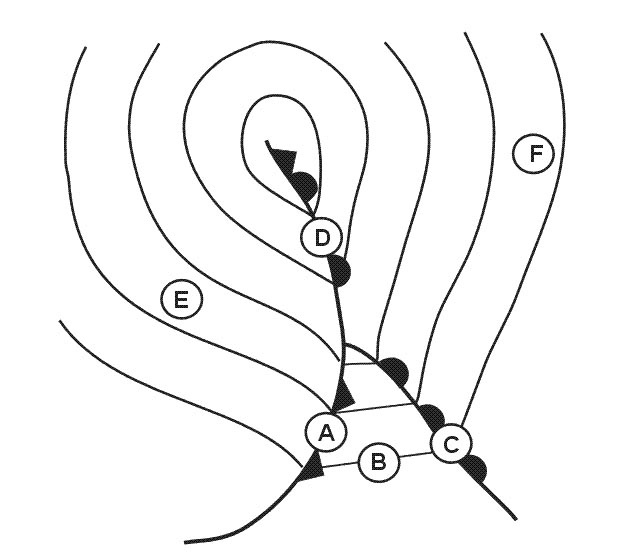 21 200 ft.
21 200 ft. An aircraft must fly 2000 ft above an obstacle of which the elevation is 13 600 ?
Question 170-30 : 17 400 ft 14 080 ft 15 600 ft 19 400 ft
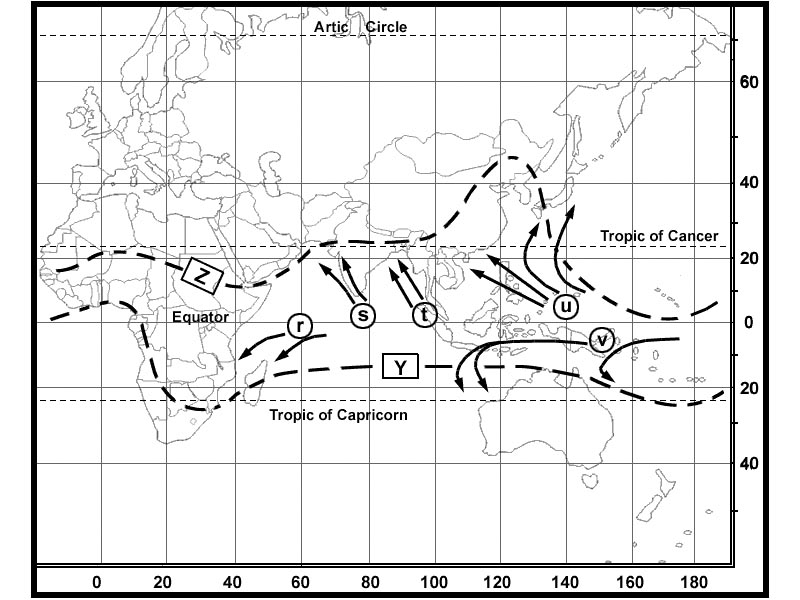 17 400 ft.
17 400 ft. Consider the following factors that determine the accuracy of a dead rekoning ?
Question 170-31 : 1 2 3 and 4 1 and 2 1 2 and 3 1 2 and 4
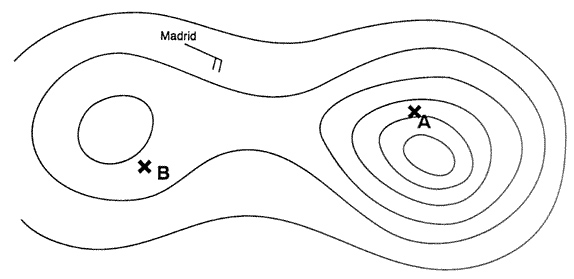 1, 2, 3 and 4.
1, 2, 3 and 4. An aircraft is flying at fl100 .the oat = isa 15°c the qnh given by a station ?
Question 170-32 : 10 200 ft 10 000 ft 9 600 ft 7 200 ft
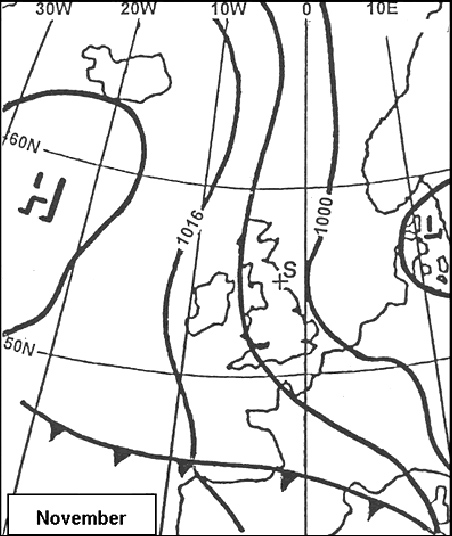 10 200 ft.
10 200 ft. An aircraft has to fly over a mountain ridge .the highest obstacle indicated in ?
Question 170-33 : 11 700 ft 11 100 ft 12 000 ft 11 200 ft
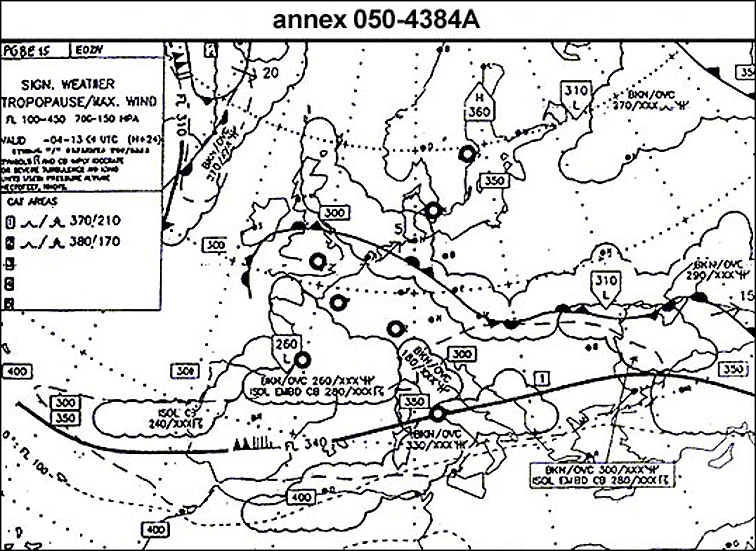 11 700 ft.
11 700 ft. An aircraft is flying from a to b a distance of 50 nm .the true course in the ?
Question 170-34 : 17° 12° 5° 14°
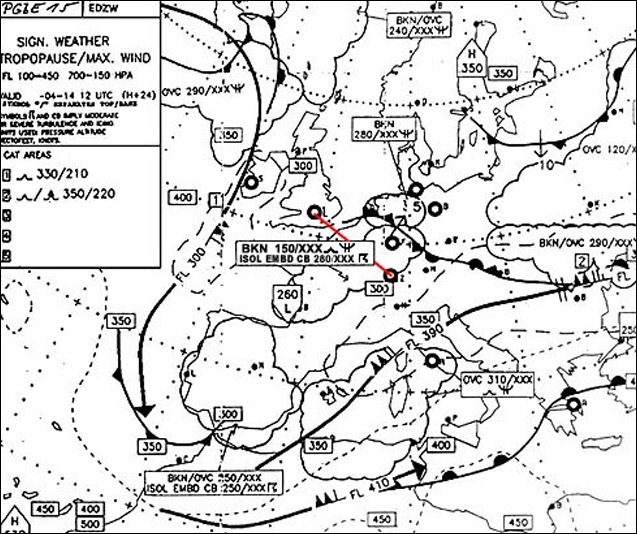 17°.
17°. An aircraft is flying from a to b a distance of 50 nm .the true course in the ?
Question 170-35 : 17° 12° 5° 10°
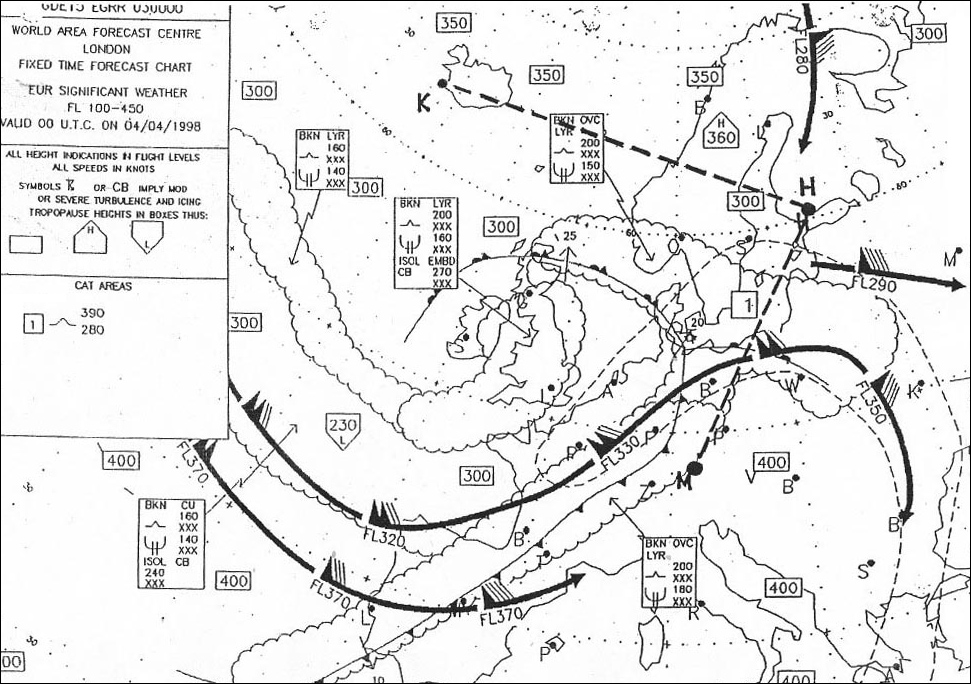 17°.
17°. An aircraft is flying from a to b .the true course according to the flight log ?
Question 170-36 : 5°r 12°r 17°l 6°l
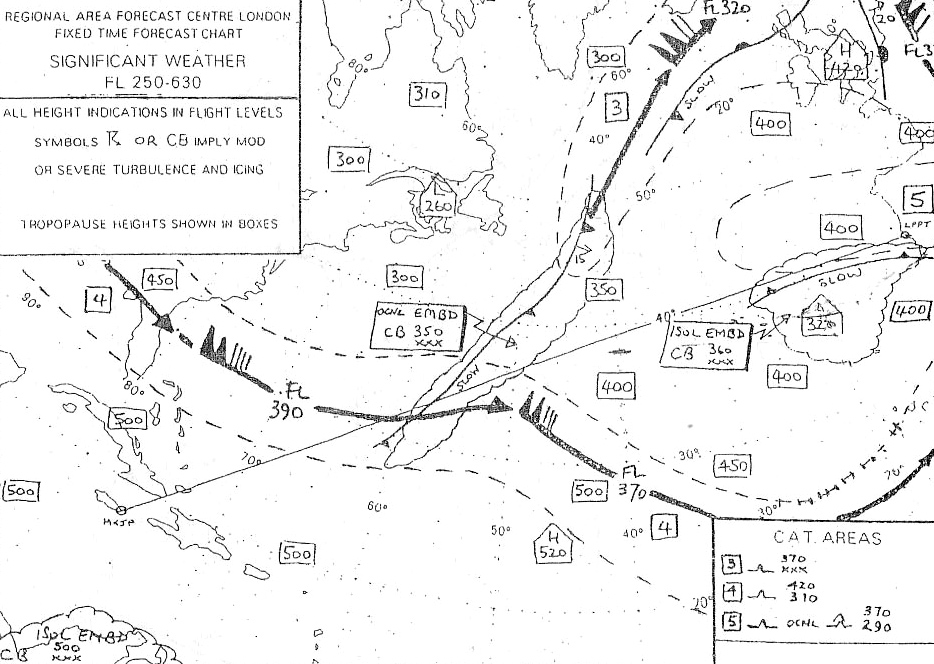 5°r
5°r On a true heading of 090° the aircraft experiences drift of 5°right on a true ?
Question 170-37 : 360°/17 kt 180°/17 kt 360°/34 kt 180°/34 kt
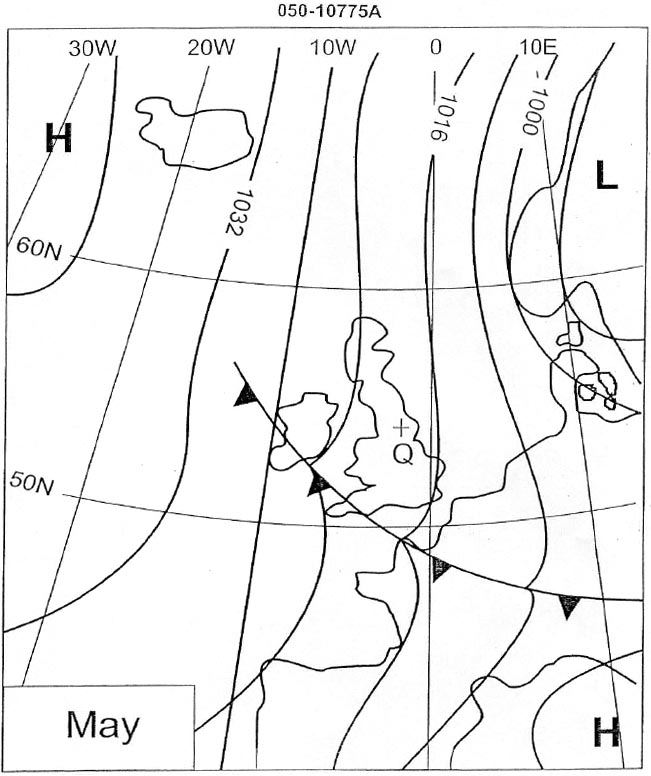 360°/17 kt.
360°/17 kt. An aircraft is flying from salco to berry head on magnetic track 007° tas 445 ?
Question 170-38 : 21 nm 24 nm 23 nm 22 nm
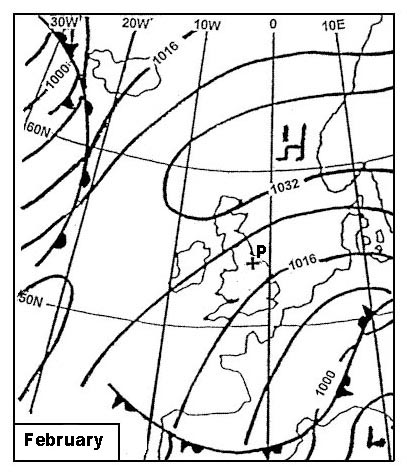 21 nm.
21 nm. An aircraft is flying at fl250 oat = 45°c the qnh given by a station at msl is ?
Question 170-39 : 23400 ft 24000 ft 25500 ft 26100 ft
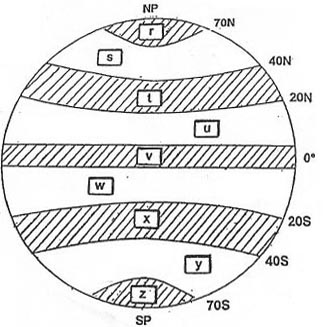 23400 ft.
23400 ft. A vor is situated at position n55°26' w005°42' .the variation at the vor is ?
Question 170-40 : 294° 276° 278° 296°
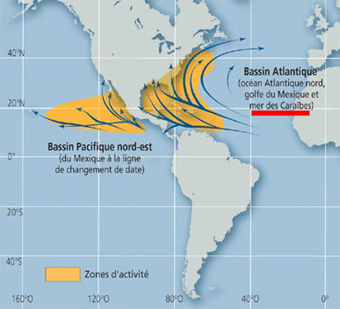 294°.
294°. ~
Exclusive rights reserved. Reproduction prohibited under penalty of prosecution.
6759 Free Training Exam
